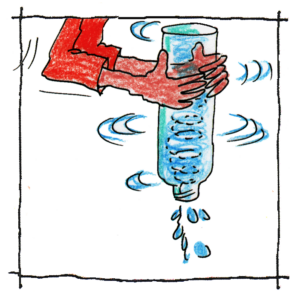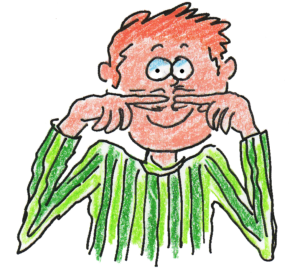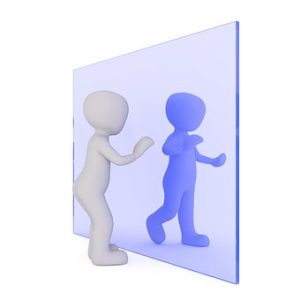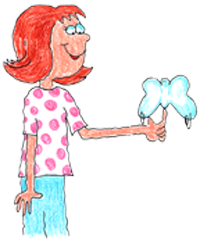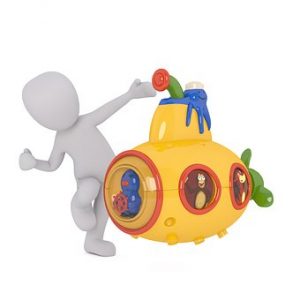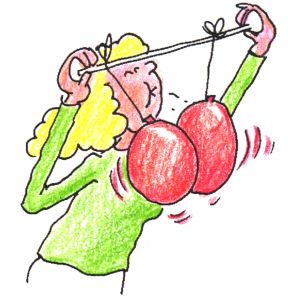One of my favorite science museums in the world is the Exploratorium in San Francisco.
They have been very generous and posted what they call snacks that feature simpler ways of creating many of the displays you’ll find at their fabulous museum.
I would like to share a few with you that focus on the topic of light.
Here’s the fifth in a series of fun, at home resources
I want to share from SteveSpanglerScience.com.
He’s posting fifty experiments for fifty days starting yesterday 3/23/20. Check them out!
I picked activities that worked for a variety
of ages and with simple materials you might find at home.
I suggest many extensions to challenge
kids as they do science (and make the activity
take a bit longer).
Teaching light? Sound? Heat? Five senses?
Here are a few poems from familiar poets you might consider sharing with your students as you teach science.
I chose familiar poets hoping you could find them in your school or local library if you don’t have the poetry book on your shelf.
Got two sharp pencils? That’s all this quick science activity requires.
A great option when you want to introduce perspective and how we see objects, have just a few minutes of class time, or would like to add an activity to your sub folder.
I’ve included resources for these additional options. Use clever images to show forced perspective. Start a discussion about perspective and seeing from another person’s viewpoint. Talk about adapting to vision loss in one eye.
If you liked Where’s Your Blind Spot and Is There a Hole in my Hand? here’s another quick activity that demonstrates how our eyes can fool us.
Activities, with a few suggestions, to add to your resources for teaching light. I presented this information at a workshop at the OSTAstate conference. The Evidence Statement for NGSS 1-PS4-2 suggests observations in a dark room, a pinhole box, or a video of a cave explorer. Objects in darkness can be seen only when illuminated. I don’t have those resources available so I cut a small hole in one end of a box and asked a child to look through the hole and tell me what is seen in the box. He can’t see anything because there’s so little light in the box …
Here’s a great collection of activities, with explanations and elaborations, that I hope will enrich your resources for teaching sound. I presented this information at a workshop at the OSTA state conference. One example in the Evidence Statement for NGSS 1-PS4-1 suggests using a tuning fork to show vibration. That’s a fun demonstration and you might add to the demo by showing a slow motion video of a vibrating tuning fork that touches water. Another video you might choose was created by the SloMo Guys. I like their videos but suggest you turn off the sound and discuss what’s seen because …
You’ll find this inexpensive product at my TpT store – students balance a butterfly. It can be a quick science activity, a take home activity, or an event for a family science night. Maybe you need an activity to add to your sub folder? You’ll need some cardstock, scissors, and pennies with tape or large paperclips. My product includes a PowerPointâ„¢ with copyright-free images of balancing objects. If you just need a pattern, you can find it here. Students could easily extend the activity using a bit of imagination and an index card to create a new object that balances easily. Then they share their …
I just posted a new product Resources for Teaching about Buoyancy. Here’s the link that I included in the product. Check out the condiment diver, it just needs a pop bottle with water and a packet of ketchup. Families love the activity. Floating and sinking paperclips on a sheet of foil* can be a great way to start the year with a simple science activity. You might use this as a team building activity, practice for following directions, or that always fun open house with families as we start our school year. You just needs foil, paperclips, and dishpans of water. …
Another fun demonstration to add to a science unit, use for a science night, or show students just for fun. No prep time or materials? Use the videos at the end of this post to prompt a conversation about science! Depending on the age of your students this could be demonstrated by a small team of capable students. All you need is two balloons of the same size, about a meter of string, and a drinking straw. The materials are so common students will be able to repeat the activity at home. 🙂 Inflate two balloons to the same size. Tie …


